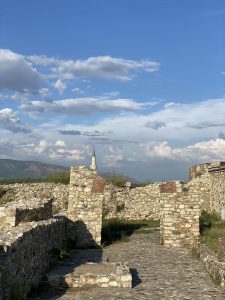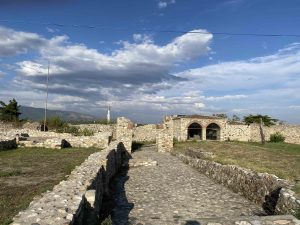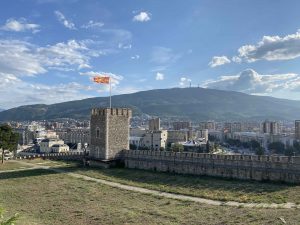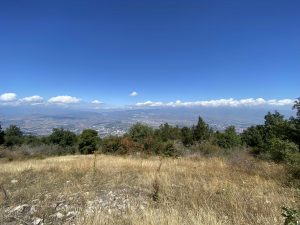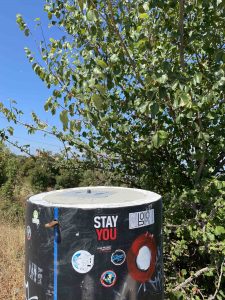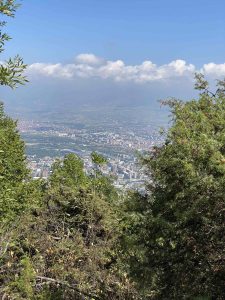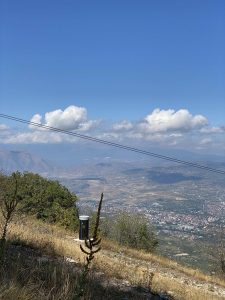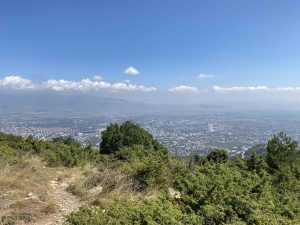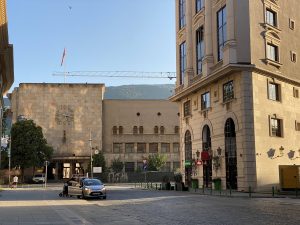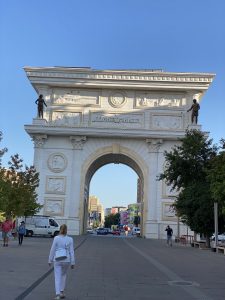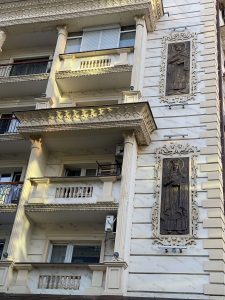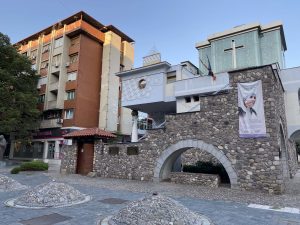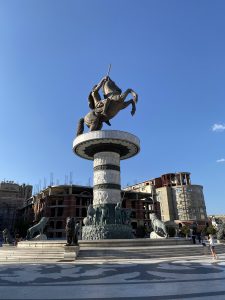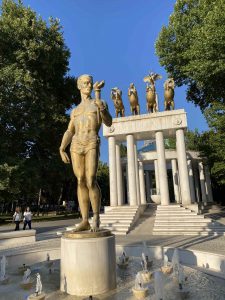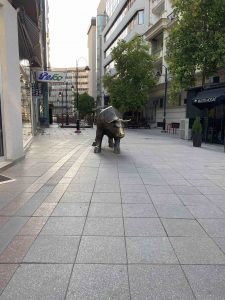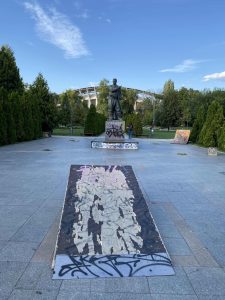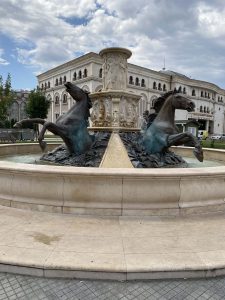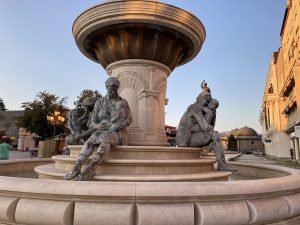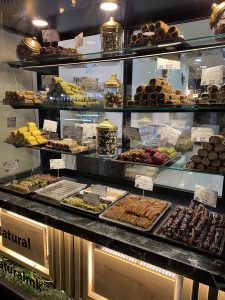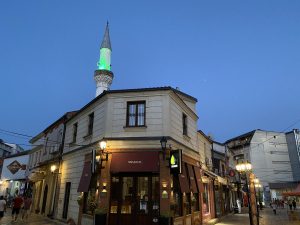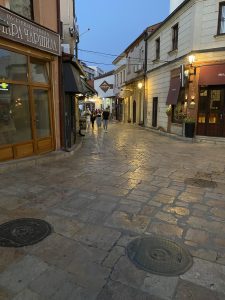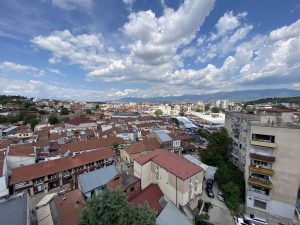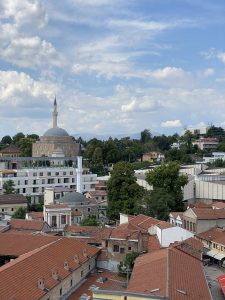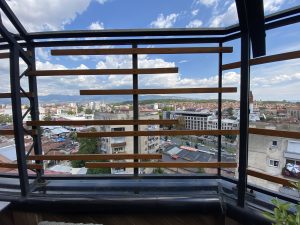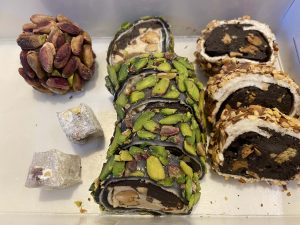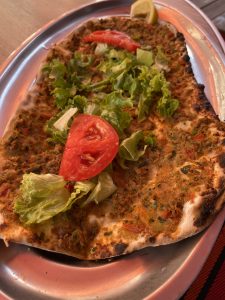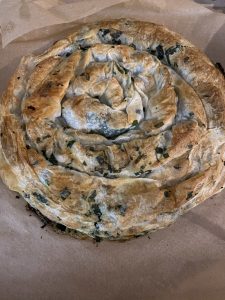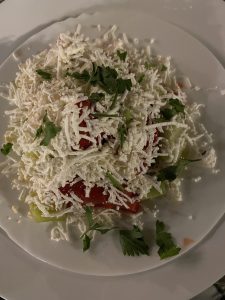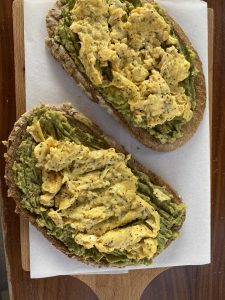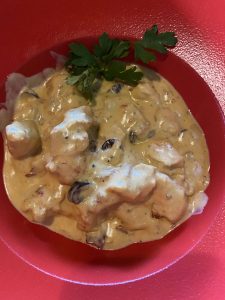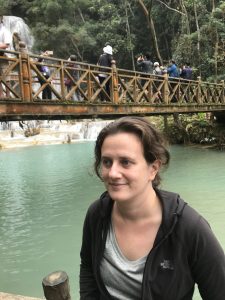Yay for Skopje
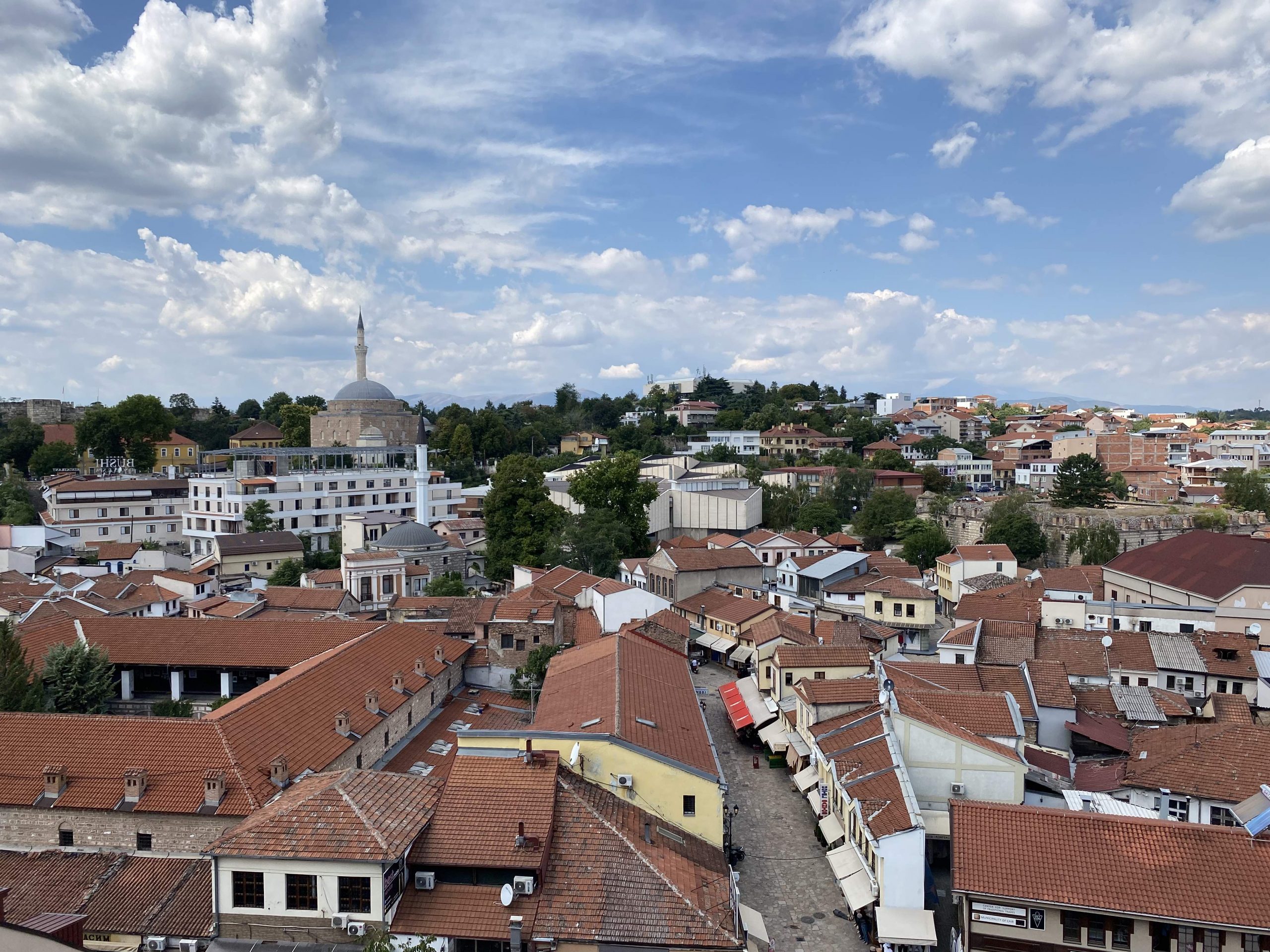
I’ll admit to not really knowing anything about Macedonia or its capital, Skopje, before arriving in the Balkans. Skopje and a day trip to Ohrid were recommended by a guide friend of ours and, after doing a bit of research of my own, I was intrigued and booked a three-night trip to the Republic of North Macedonia. I also didn’t know how to pronounce Skopje before arriving — it’s scope+E+yay.
Skopje seemed to take COVID more seriously than other cities I had encountered thus far. To go to any restaurant (indoor or outdoor dining), you need to present your vaccination card. Masks were worn by more staff in restaurants, shops, etc than I had seen elsewhere. And some places were closed down due to COVID, like the cable car. Even with this, there was still vaccine hesitancy which I had been told about in other Balkan countries. My cab driver, for instance, came right out and said he wasn’t vaccinated because he didn’t know if the vaccine was good or not. He acknowledged it meant he couldn’t go to restaurants but that wasn’t enough to change his mind.
Skopje is filled with parks, statues, and stray cats and dogs. It’s a very easy city to walk around and felt quite safe. Similar to other European cities, people of all ages are out on the streets late at night. I walked home from returning a rental car for a trip to Lake Ohrid (more on that in a different post) and it was 8pm and dark. It was a couple mile walk and I felt totally comfortable. Teenagers were playing volleyball and basketball, parents were out walking with their young kids, friends were sitting on park benches chatting, couples were biking, and dog owners were out for their evening stroll.
I definitely got my steps in on this visit. I walked to the Kale Fortress to get a nice view of the city. The fortress itself is not spectacular — it’s a bit dilapidated and the view is really the cause for the visit.
I also hiked up Vodno Hill to the Millenium Cross. This was much more of an excursion and I very much enjoyed getting some time in the woods. There are multiple trails you can take up (and down) but the signage is a bit lacking at the start. I ended up taking the New Years path up and the Buren Cvteko path down. The views throughout the hike were amazing. The top of the hill was a bit depressing as all of the shops and restaurants were closed and boarded up.
I joined a free walking tour of the city which was quite long (about 3 hours) and very informative. The guide clearly loved Skopje and sharing its history with tourists. He told us about the huge 1963 earthquake that destroyed 80% of Skopje including Morther Teresa’s house. The train station was mostly destroyed by the earthquake and it has been turned into a museum. The train station’s exterior clock is still present and it stopped working when the earthquake hit — it’s been left that way as a reminder to the people of Skopje of the tragedy and the power of helping out your neighbours. The international community came together, in the middle of the Cold War, to aid in the rebuilding efforts. The US and Soviet Union both helped which was unheard of at the time. Macedonia named a lot of the streets in Skopje after the countries that helped and, to this day, there is a Mexico Street, John F Kennedy Street, etc.
Skopje has a lot of different architecture styles due to the numerous reinventions the city underwent due to earthquakes and being ruled by different empires. In 2014, there was a massive reinvention effort and this is when all of the statues were installed around the city. As far as our guide knew, there is no official count available for the number of statues but he guesses there are at least 140 around the city. This is also when the main square was remodelled — up to 15 years ago, there were still many trees around the main square. Now, there is a huge monument of Alexander the Great in the middle of it and a lot of shops, restaurants, and hotels around it.
The composition of the Macedonian population is comprised of, in descending order of percentage of population, Macedonians, Albanians, Turks, and a smaller population of Romanis, Serbs, and Bosniaks. Most signs are written in at least three languages — Macedonian (using the Cyrillic alphabet), Albanian, and English. Depending on the make up of the municipality, signs may also have a fourth language, such as Turkish.
We also explored the Old Baazar which used to be famous for how it was organized. Previously, each street was dedicated to a specific good or service — one street for jewellery, one for spices, etc. This is no longer the case, sans the one jewellery street, but it still has the feel of an Ottoman market with small, cobblestone streets lined with restaurants and shops. The call to prayer is broadcast over loud speakers five times a day. I went a couple of times at different times of day and night and each time the streets were bustling with people and energy.
I also made sure to get a good view of the city from the top of a hotel, Hotel Arka, on the outskirts of the Old Baazar. It was a little tricky to find and I had to ask permission from the front desk to be allowed up to the rooftop cafe (after presenting my vaccination card). It was a gorgeous view with a very fun atmosphere.
The city also had an interesting mix of food. I found some pretty healthy options including avocado toast, kombucha, and smoothies. I sampled and very much enjoyed some more traditional Macedonian (or Balkan) food including cevapcici (Balkan kofte or sausages), ajvar (a roasted red pepper spread), shopska salad (a chopped salad of tomatoes, cucumbers, peppers, onions that’s topped with shredded white cheese), and a spinach börek (a phyllo dough pie). I stumbled upon a lovely Turkish restaurant in the Old Baazar and was delighted by the Lahmacun (Turkish flatbread with a sauce of tomatoes, red peppers, and minced lamb).
Overall, the city had a lot of life and energy to it. While there were some signs and some efforts to “go green”, there was a fair amount of litter around and not much recycling, from what I could tell. There was quite an interesting mix of brutalist architecture coupled with such a variety of other styles topped with statues everywhere. The city had a bit of everything — lots of green space, the Old Baazar, a diversity of cultures and languages throughout.

